Why Granada is Spain's most underrated city
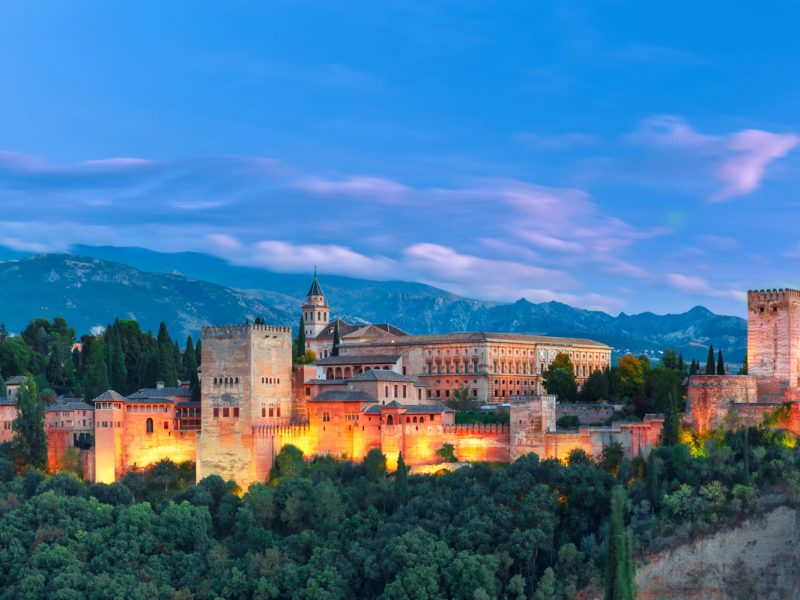
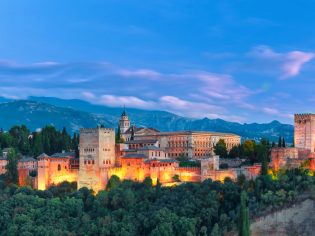
The Alhambra is an architectural masterpiece.
Granada is a Spanish city that so often falls under the radar when travellers head to the Mediterranean country, but not for long.
Spain is one of the top travel destinations in the world, attracting visitors from all over, at any time of the year. Most travellers will have Madrid and Barcelona on their itinerary, maybe Valencia, Seville and Ibiza too. But Granada in the country’s south is often left off.
Granada has a complex history which is shown in the vast, jaw-dropping architecture, the cuisine, and the overall culture of the city. There’s an energy to Granada’s streets, packed with bars, student dives, bohemian cafes and intimate flamenco clubs, and it’s this as much as the more traditional sights that leaves a lasting impression. Here’s why it’s Spain’s most underrated city, and trust us, you’ll be adding it to your bucket list immediately.
Granada was under Moorish rule for around 800 years
In AD 711, large parts of the Iberian Peninsula (now known as Spain) were brought under Muslim control, and these parts were called al-Andalus. al-Andalus had a mixed population of Christians, Muslims, and Jews.
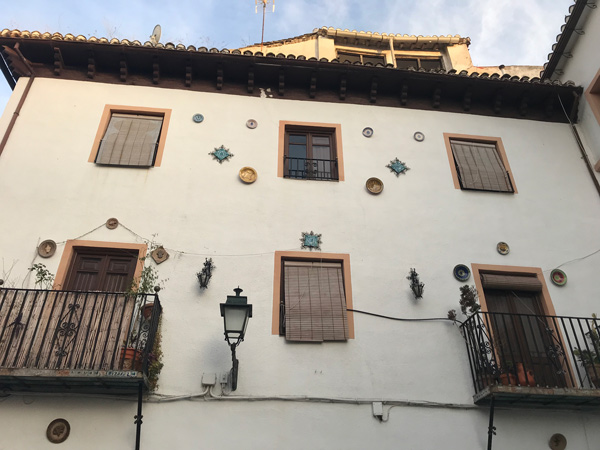
Moorish buildings in the Albaicín. (Image: Emily Murphy)
Over the course of centuries, Granada’s architecture has been influenced by four major styles – Moorish, Renaissance, Gothic and Baroque. The city’s most impressive buildings date from the period of Arabic rule and the subsequent Catholic epoch which started after the Moors were displaced in 1492. From the dazzling majesty of the Alhambra to the awe-inspiring churches and the subtly elegant palaces, the city of Granada is indeed quite fitting the status of an architectural hub.
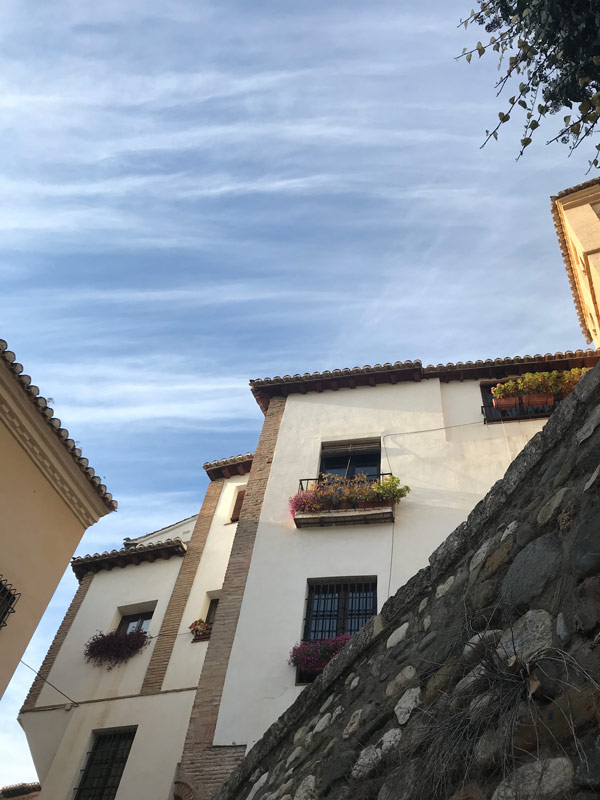
The buildings have very distinct styles. (Image: Emily Murphy)
The Alhambra
The Alhambra is a UNESCO World Heritage-listed site built by the Moorish rulers in the 13th century. The 140,000 square-metre site looms over the city no matter where you are and is next-level impressive.
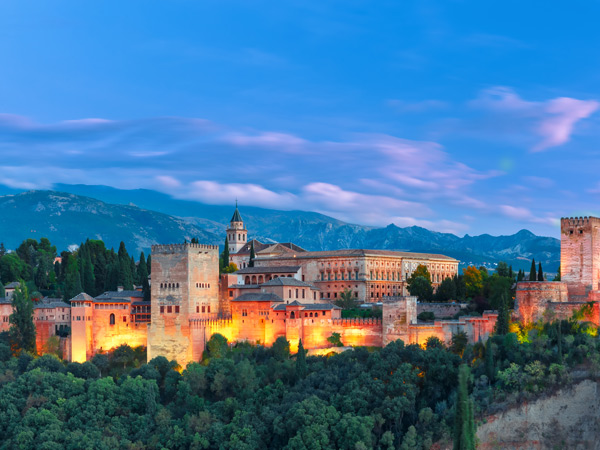
The Alhambra is an architectural masterpiece.
There are three distinct parts of the Alhambra: The Nasrid Palaces, the Generalife and the Alcazaba, and it’ll take you about three hours to see everything properly. Just remember to book your tickets in advance because The Alhambra has daily limits for visitors.
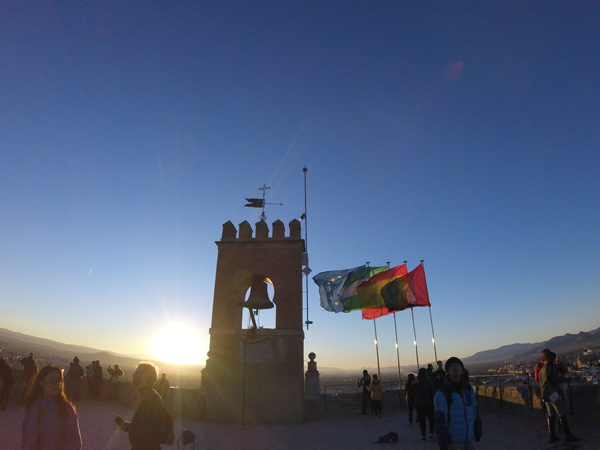
Watch the sunset at the top of The Alhambra. (Image: Emily Murphy)
You can wander completely on foot
Granada is a city best explored on foot, as its narrow streets can often lead to the discovery of unexpected gems off the beaten path. Apart from discovering secret corners in the Albaicín such as the Cuesta de los Chinos, you can also wander around the charming streets of the Realejo neighborhood or around the caves of the Sacromonte. Just be prepared for the hills!

There are lots of stairs and hills in the cobblestoned streets. (Image: Emily Murphy)
The melting pot is evident in the cuisine
With the 800-year Moorish influence, it’s needless to say, you can still find evidence of this heritage today. It’s not only in the language and architecture of the city but also in the gastronomy. Arabic influences strike a surprising balance with native traditions. You’ll notice this balance in the typical food in Granada. Back in the times of the Spanish Inquisition, showing that you embraced Christianity was crucial. And the easiest way to prove it was by eating pork! As eating pork is not a part of Islam or Judaism, the ingredient started to spring up in Spanish dishes, one of which is the local favourite dish, Plato Alpujarreño, which comes from the mountain villages of Las Alpujarras. It usually contains potatoes, fried eggs, cured ham, blood sausage (morcilla), sweet peppers and chorizo.
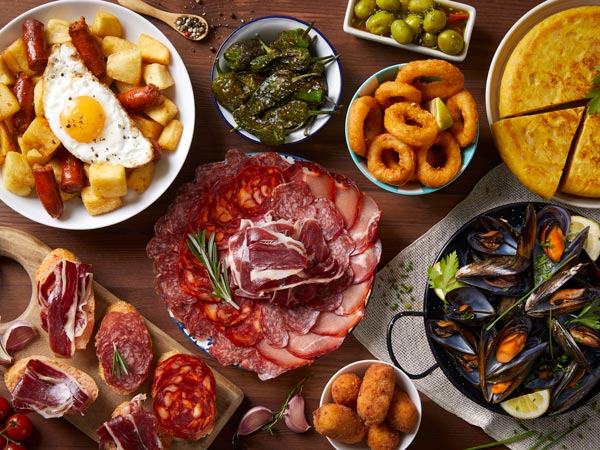
Jamon is popular in the cuisine, which traces back to the Spanish Inquisition.
The Sierra Nevada is right there
At the Sierra Nevada Mountain range, you’ll find the highest peaks in continental Spain. There are more than 15 mountains with an altitude of over 3,000 metres and rivers and streams that extend for 90 kilometres. Populated for more than 2,000 years, the Sierra Nevada is the perfect place for witnessing humans and wildlife co-existing in the high mountains.
In winter, it’s a great place to ski or enjoy the snow in the park. You can even see as far as Morocco on a clear day. Make sure you stop by Las Alpujarras while you’re there too, these unique hamlets have retained their traditional architecture – terraced clusters of grey-white box-shaped houses with flat clay roofs.
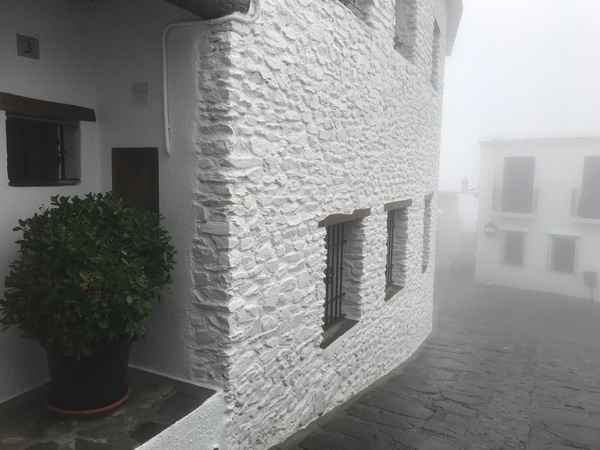
The traditional architecture of Las Alpujarras has been retained. (Image: Emily Murphy)
Granada is one of the birthplaces of Flamenco
Many of Granada’s best flamenco shows are located in the old Roma gypsy district of Sacromonte up in the hills, high above the city. Venta El Gallo is celebrated for being the birthplace of the local Zambra style of flamenco. To add to the magic, it is performed in an old traditional cave home, with its white-washed walls and decorative copper pots giving it a very rustic and local feel.

Venta El Gallo is the birthplace of the local Zambra style of flamenco. (Image: Emily Murphy)
You can eat for free in most tapas bars
Yes, you read that right! In most tapas bars in Granada, with each beer, wine or soft drink you order, you’ll receive a hot or cold tapa to accompany it. Often light tapas such as olives, jamon or manchego cheese drizzled with olive oil, but some bars even opt for flaming chorizo or garlicky snails.
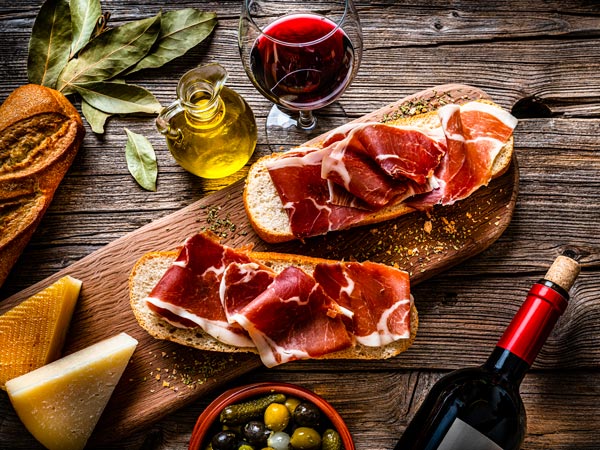
You’ll get free tapa at lots of bars.
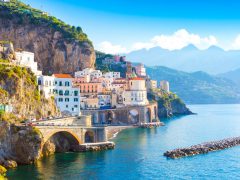
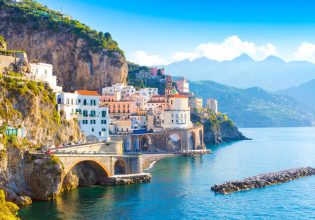



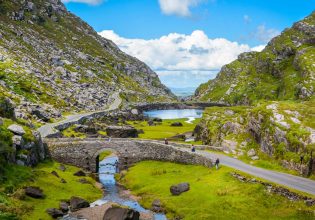
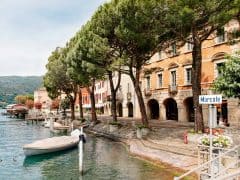
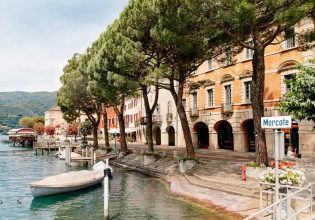
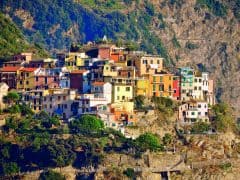
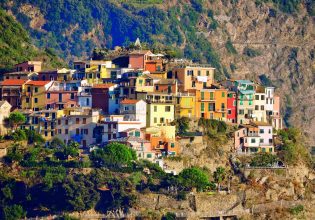

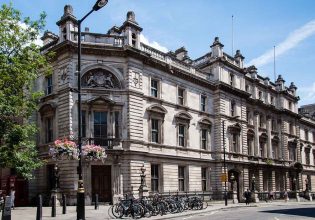

LEAVE YOUR COMMENT